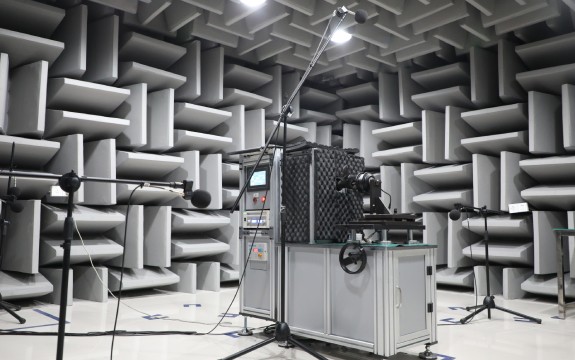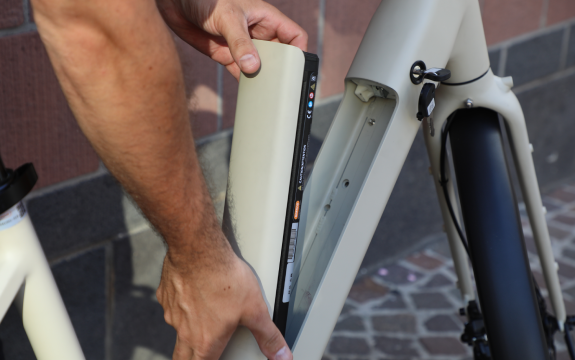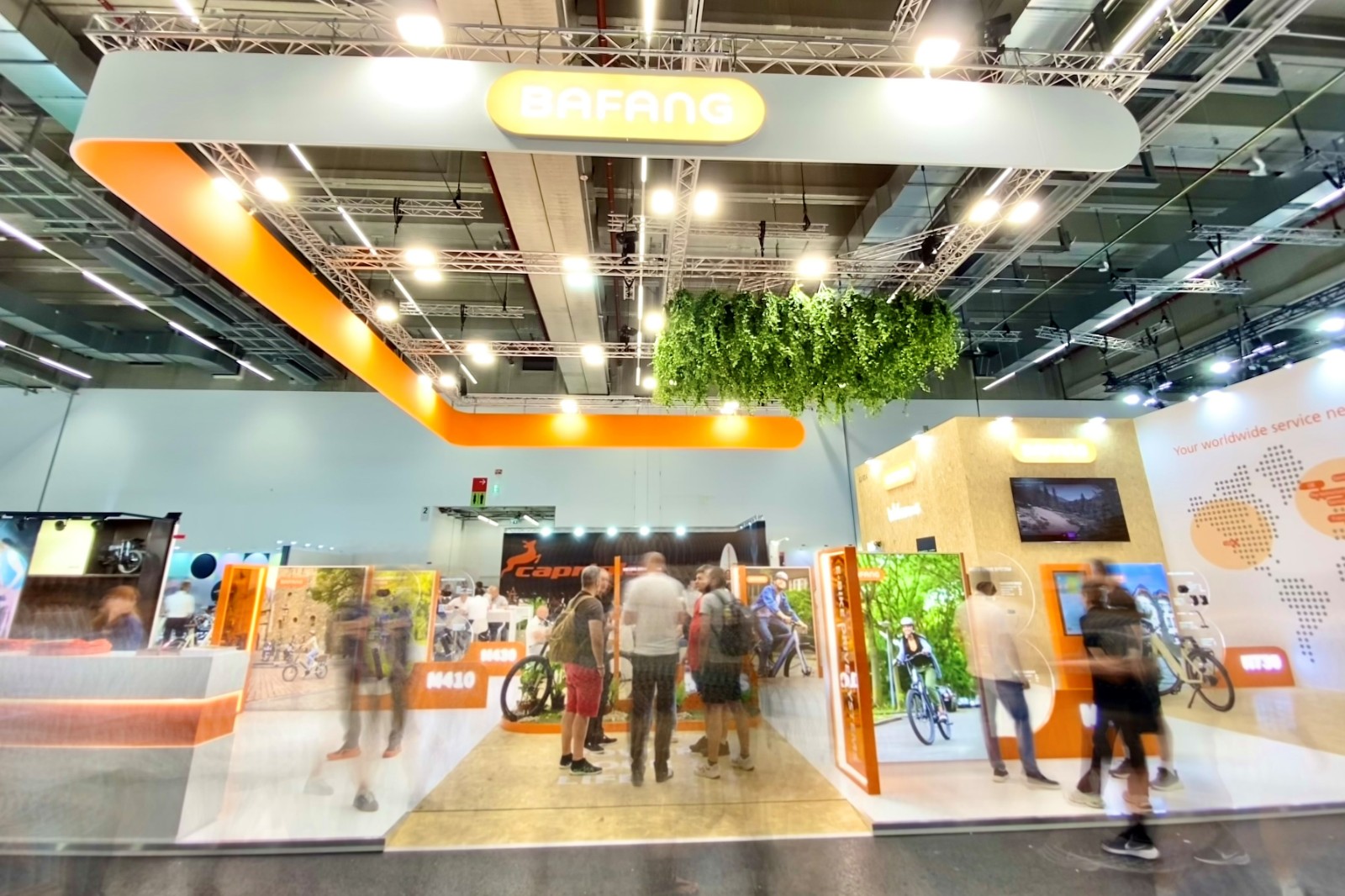Recent bike-industry discussions have centered on whether “peak torque” or “maximum power” more significantly defines eBike performance. Industry voices even question where these parameters might peak. To explore this, we begin with a fundamental question: Why do riders choose eBikes?
Drawing on 22 years of industry experience, we observe that over 95% of eBike buyers already own traditional bicycles. If standard bikes suffice for short trips, what drives the shift to eBikes? The answer lies in three core desires: effortless mobility, faster arrivals, and expanded horizons. This explains why “torque, power, and range" dominate sales conversations at eBike shops. Let’s examine their roles.
Torque: The Muscle Behind Movement (Unit: Newton-meter, Nm)
Torque represents the motor’s rotational strength - its capacity to generate thrust. This defines critical performance aspects:
- Acceleration: High torque delivers immediate response at startup, translating to a swift, effortless launch.
- Hill Climbing: Torque excels here. Greater torque conquers steep gradients and heavy loads without strain, maintaining steady uphill momentum.
- Load Capacity: Cargo bikes demand high-torque systems for consistent propulsion.
- Low-Speed Control: Abundant torque ensures authoritative power delivery even at minimal speeds.
In short, torque is like a powerful yet discreet crowd pushing your bike uphill - their strength propels you forward decisively, even at low cadence.
Power: Sustaining Performance (Unit: Watts, W)
Power measures energy output over time - the motor’s ability to maintain effort. Its impact includes:
- Speed Retention: On flats or against resistance, ample power sustains target speeds with minimal rider exertion.
- Peak Velocity: Power determines how readily an eBike reaches regulated limits (25 km/h or 45 km/h) and maintains them robustly.
- Total Output: As the product of torque and rotational speed, power reflects the system’s holistic energy delivery.
In short, consider a long-distance runner - built not just for short bursts and sprints, but for enduring high-speed performance.
Range: The Efficiency Equation (Unit: Kilometers, km)
Range - the achievable distance per charge - depends on battery capacity, motor efficiency (including torque/power characteristics), riding mode, and terrain. Critically, torque, power, and range exist in careful engineering balance. Optimizing one can often impact the others.
Precision Engineering for Purpose
At Bafang, we view specifications as tools shaped by rider needs. For instance:
- Mountain/Off-road Riders prioritizing torque will find the M510RS (110Nm torque, 790W power) ideal for technical climbs up to 30°.
- Urban Commuters seeking balance favor the M410 (90Nm torque, 550W power), blending adequate power with week-long range.
- Speed-Oriented Riders opt for high-power options like the M560 (140Nm torque, 950W power), engineered for 45 km/h sustained velocity.
- Cargo Specialists require both torque and power, delivered by the M430 (120Nm torque, 910W power) for confident starts and loaded climbs.
All in all, torque and power are complementary forces; torque dominates low-speed control, climbing, and heavy-load scenarios, and power governs high-speed retention and peak velocity. The optimal system aligns with your riding profile - whether off-road trails, urban commutes, or commercial deliveries.
Bafang’s mission transcends specifications: we engineer seamless mobility. Because the finest technology isn’t measured in data sheets—it’s felt in every effortless journey. That is why we exist: to power your life.


